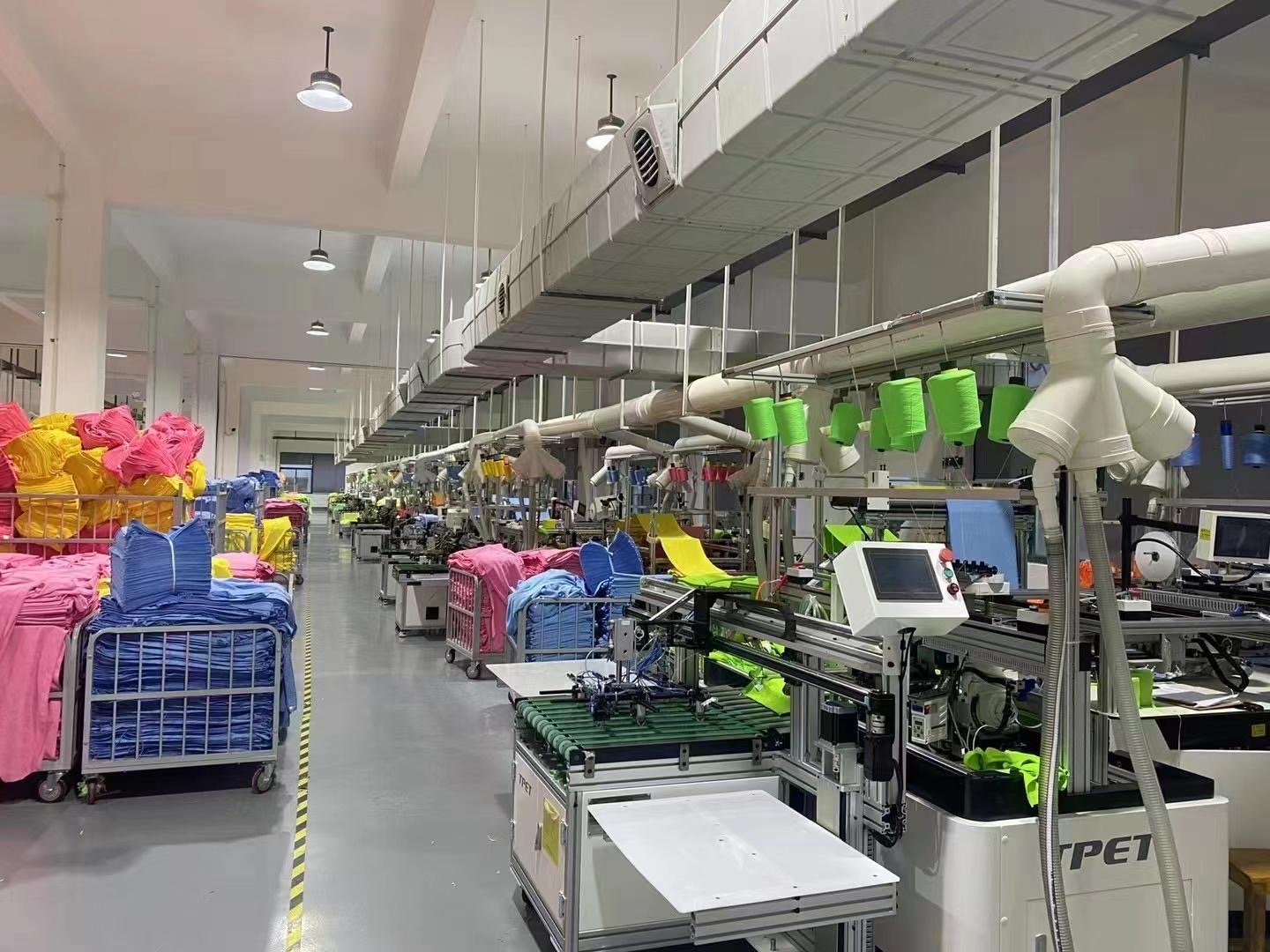1. Raw material preparation
Choose raw materials: Choose suitable raw materials according to the design requirements of the towel, such as pure cotton, bamboo fiber, microfiber, etc.
Cleaning and processing: Wash the raw materials to remove impurities, and sometimes bleach or dye them.
2. Spinning
The raw materials are processed into yarn through a spinning machine. During this process, the raw materials are combed and stretched into long and thin fiber bundles, and then twisted to form yarn.
3. Weaving
Weaving is the process of weaving yarn into cloth through a loom. The texture and pattern of the towel are determined at this stage. For some high-end towels, special weaving methods may also be used to increase the texture and beauty of the towel.
4. Finishing
After weaving, the towel fabric will undergo a series of post-processing processes, including washing, bleaching, dyeing, softening, etc., to ensure that the towel is bright in color and soft to the touch.
Dyeing: Dye the towel according to the design requirements to ensure uniform color.

5. Softening: Use chemical agents to make the towel softer and more comfortable.
Cutting and sewing
Cut the towel fabric according to the required size and shape.
Use sewing equipment to sew the cut fabric to prevent unthreading.
6. Quality inspection
After production, the towels will undergo strict quality inspection to ensure that there are no defects such as unthreading, color difference and other problems.
7. Packaging and logistics
Finally, qualified towels will be folded, packaged, and then sent to warehouses for storage or directly to retailers.
Throughout the production process, strict quality control is required at each stage to ensure the quality and safety of the final product. In addition, with the advancement of technology, more and more automated equipment is used in towel production, which improves production efficiency and product quality.
Post time: Sep-20-2024

